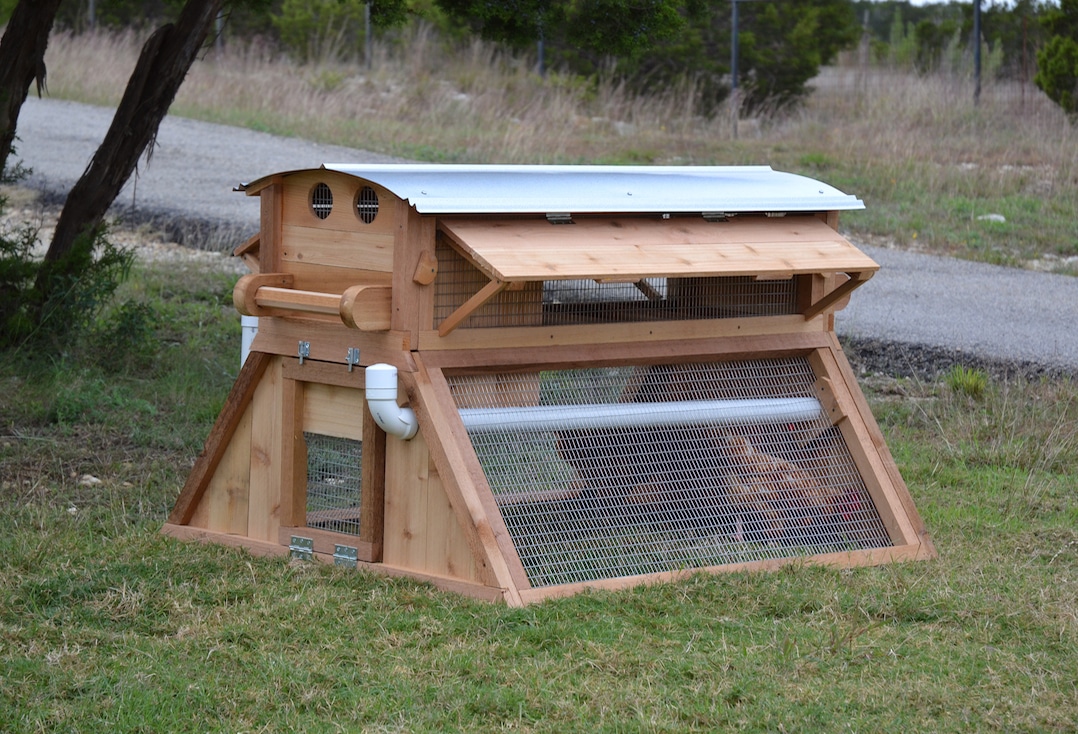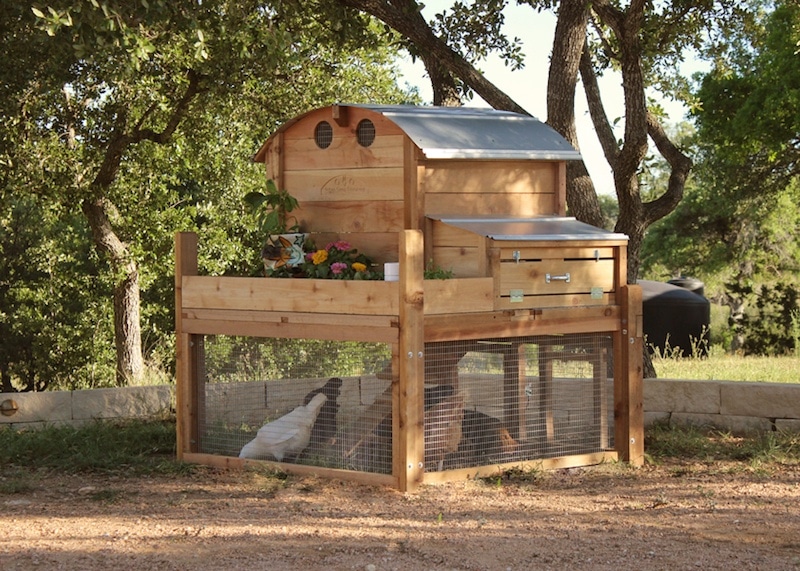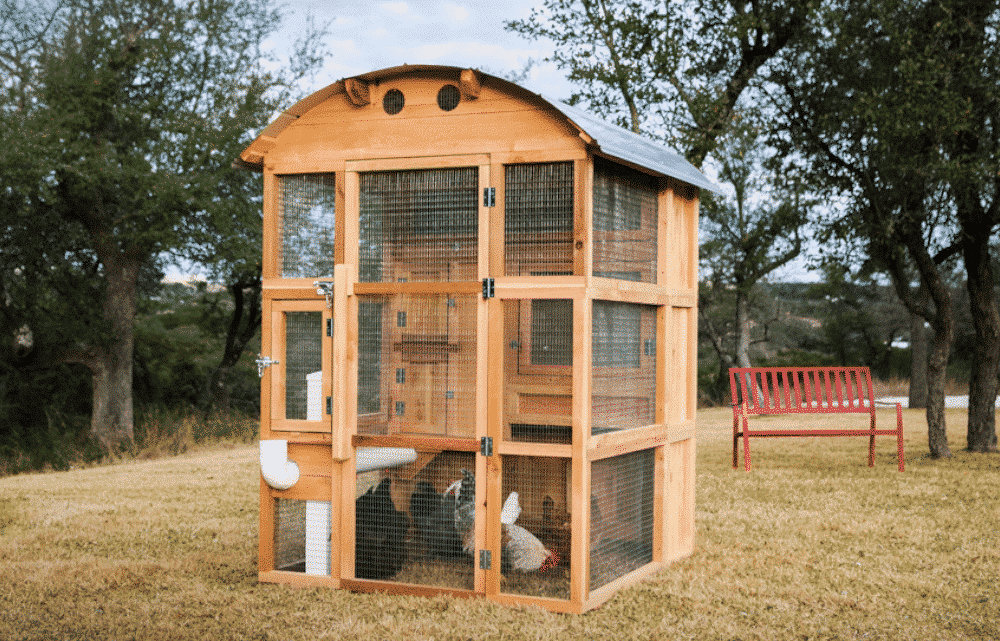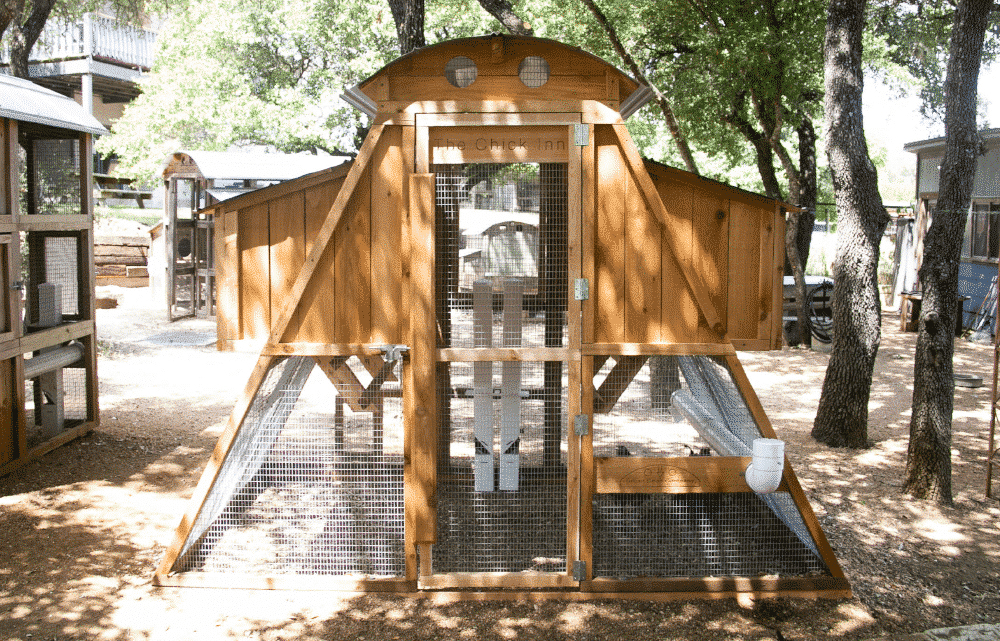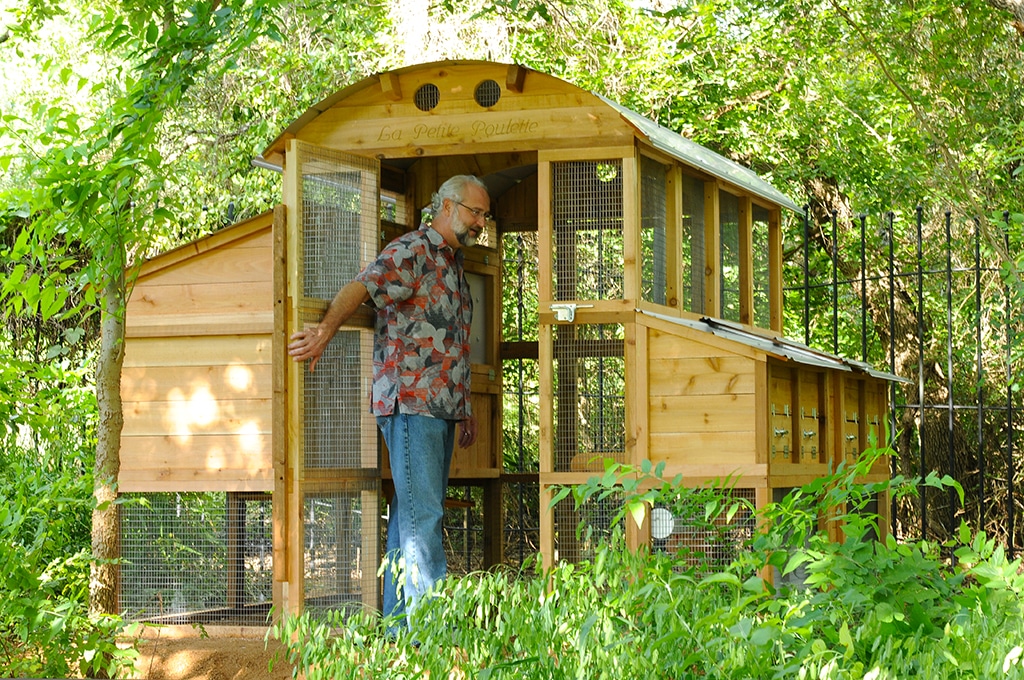Egg Production / Coop Capacities – Round-Top Chicken Coops™
What Size Chicken Coop is Right for Me? How Many Chickens / How Many Eggs:
Advanced Detailed Information…
![]() Numbers are guidance and are “not to exceed” figures based on various sizes / breeds of chickens. Read carefully for a better understanding of choosing a coop for your needs.
Numbers are guidance and are “not to exceed” figures based on various sizes / breeds of chickens. Read carefully for a better understanding of choosing a coop for your needs.
Hen Capacity Color Key: Bantam Sizes / Average Sizes / Large Breeds
Data Given In Format
COOP | WITH EXTENSION
Egg Production
(per week)
Run Width x Length
(In feet rounded)
Run Space
(Feet squared)
Hen Capacity
(No Free Range Time)
Hen Capacity
(With Free Range Time)
Note On Counts: Bantams and Silkies are considerably smaller than average sized chickens. Average sized hens are common bred Rhode Island Reds, Barred Rocks, Sex Links, Ameraucanas, Leg Horns, Wyndotts, Asutralorps, most Orpingtons and similar. We consider some of the larger breeds to be Brahmas, Jersey Giants and the like. Many show bred chickens are genetically larger than their common bred relatives. Overcrowding any coop can cause health risks to the birds because of (among other things) ventilation concerns and will make it to where you have to clean more frequently. Free range time is during the day-time hours and assumes 2-3 hours per day 50% of the week or more. Space for chickens is a very, very personal decision that takes in factors of perceived humaneness which we of course cannot measure. We offer these numbers as a guide based on our considerable experience, industry standards on ft2/bird and guidance from poultry academia. Rounding down can never hurt (we do not advocate keeping only one bird alone unless for quarantine purposes) and we do not recommend going any higher than stated counts. Curious about what chickens might be right for your backyard? Check out our post Your Guide To Ordering Your First Backyard Flock for some great information!
A little more about how we count…
Combinations are based on (1) reasonable available roost space (2) egg box space and (3) ground impact. When we design a coop we target a minimum of 4 ft2 per averaged sized bird assuming them getting no free range time. This number is for ground impact reasons and assumes you have good drainage and the ground drys up between occasional rains.
The above numbers favor run space regardless of roost or egg box space. Run space is a very, very personal decision. Many coop makers certainly provide less than our 4 ft2 per bird (averaged sized) target for run space. Our chicken keeping experience says 4 ft2 per hen is an acceptable number for healthy averaged sized hens that are caged 100% of the time and for things not to get too smelly. If you have the space and the budget, adding run extensions is always a great thing. It can never hurt assuming the additional space is equally predator proof to your main coop.
Our numbers are next controlled by roost space. In hot weather hens spread out a little, and conversely, in cold weather they will cuddle up more. The numbers we use are for average sized hens in a broad range of temperatures. Hens are very communal and will often all gang up on one roost bar even if there are two. Some coops don’t even provided roost bars. Ours do because it is the natural best way for your hens to sleep at night.
Egg box space is not a limiting factor in any of the above stated scenarios. Certainly chickens have personalities like people, and some hens are more picky and dominant about egg laying privacy, but in general chickens share a space together or just wait their turn for egg laying. Again, hens are very communal creatures.
Egg production ranges assume 5 eggs per week as a low and 6-7 as a high. Some areas of the country have longer off seasons for molting birds. Daylight hours, feed quality and age of hens also effect lay rates. And of course breeds. For example, Leghorns are laying machines compared to most other breeds and will regularly lay an egg every day. Some breeds may only lay 2-3 eggs per week and that is normal for that breed.
Just need to take a look around for yourself? No problem! Shop all coops here.



